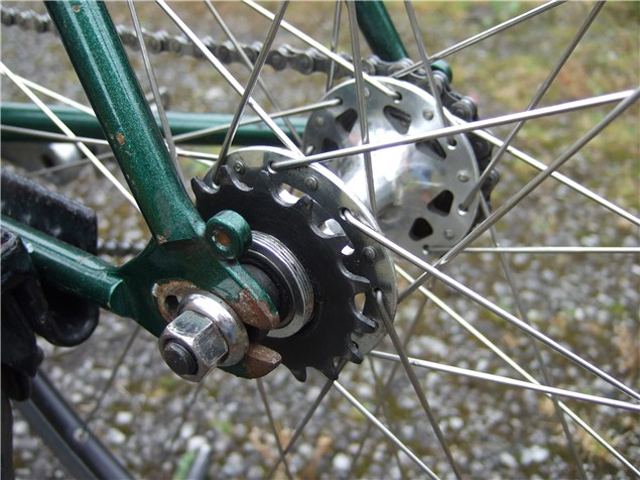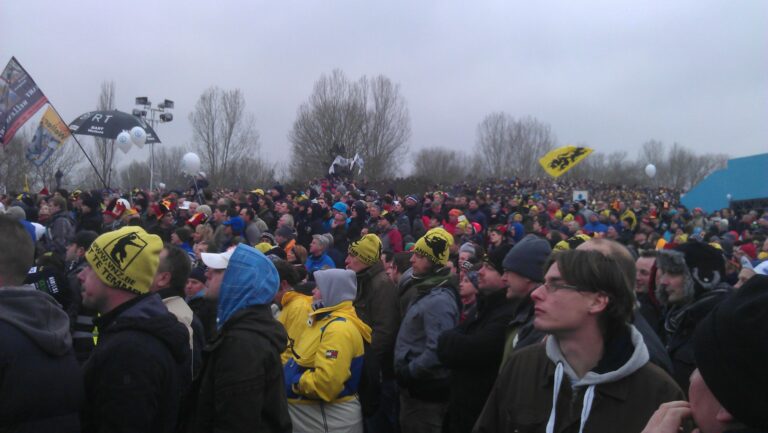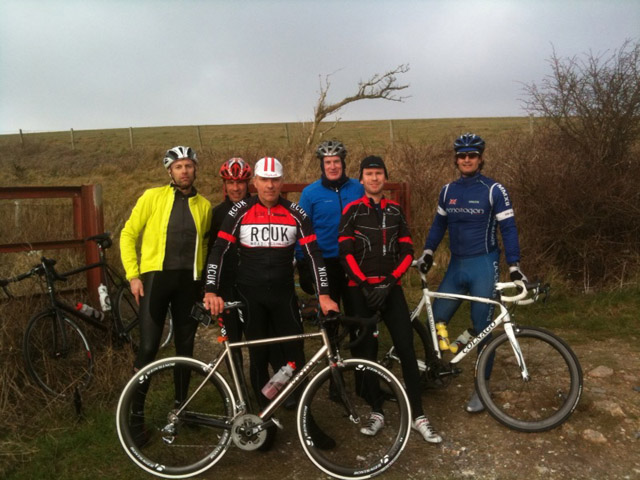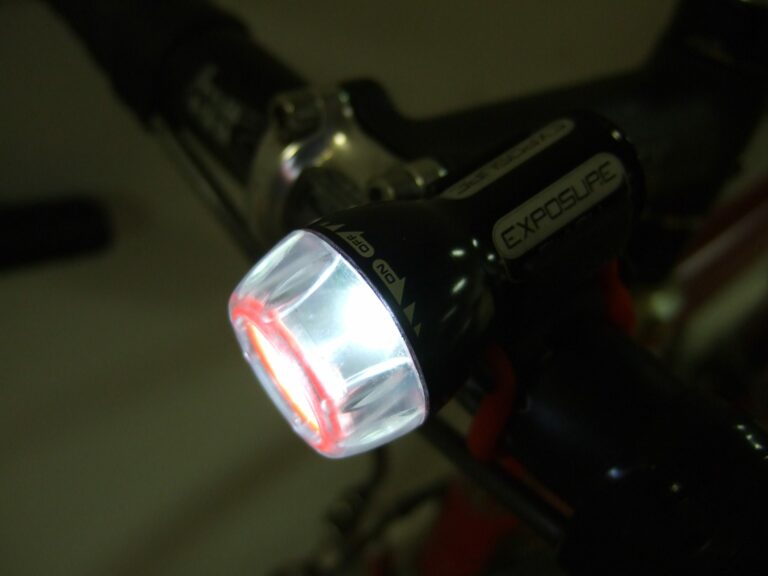
The exceptionally strong winds of the past couple of days not only tested many cyclists’ resolve and bike handling skills but gave those of us travelling in the right direction the luxury of an almighty tailwind. Well, it was a luxury for those on variable gearing and a freewheel.
Riding on fixed wheel was a different matter especially if, like me, you were running a winter-friendly 67″. An excellent gear for all-round riding, it is low enough for most hills and way too low for comfort when being blown along at over 25mph, at which speed it requires the pedals to turn at 125rpm. Turning the pedals at that rate is not the problem. Pedalling that fast, however, most definitely is.
What’s the difference? I’d contend that it is the difference between letting the feet and legs simply follow the pedals around and doing so while putting power through them. This is one aspect of fast pedalling rarely noted; it is easy enough to turn the pedals fast and not so difficult, with practice, to be smooth at a very high cadence. Making decent power at a high cadence is a very different matter, as a perusal of the list of fastest times over 25 miles on a medium gear – 72″ or lower – will confirm.
For many years the record was held by former world professional pursuit champion Tony Doyle, who in 1980 recorded 56′ 30″ on a pretty-much standard for the time track bike with drop handlebars. Since then his time has been beaten several times, the current record of 53-23 having been set by the late Zak Carr in 2002. Doyle’s ride remains the fastest on drop bars and was a stunning achievement by the man credited with a pedalling style “as smooth as oil”.
He was a mere 21 years old at the time and there is little doubt that super fast pedalling is easier for the younger rider. Although I never remotely approached the level of Tony Doyle’s ride, I did once manage 22-52 for 10 miles on 76″ at an average of 116 rpm. At that sort of cadence everything hurts, but the lungs most of all. Why should this be? As any rider spinning away on rollers will confirm, a high cadence consumes a lot of oxygen even when not much power is being generated at the back wheel. Internal work, the energy required to overcome limb inertias and the viscosity of muscles and joints, is the likely culprit and it rises rapidly with cadence.
Pedal super-fast and the oxygen requirement becomes way out of proportion to power output at the wheel; try to go even a little faster and it gets much worse. Which is why trying to go 26mph on 67″ with a 20mph tailwind is not the same as gearing up – to maybe 100″ or so, and just tootling along and enjoying the rare luxury of that chuff wind.





